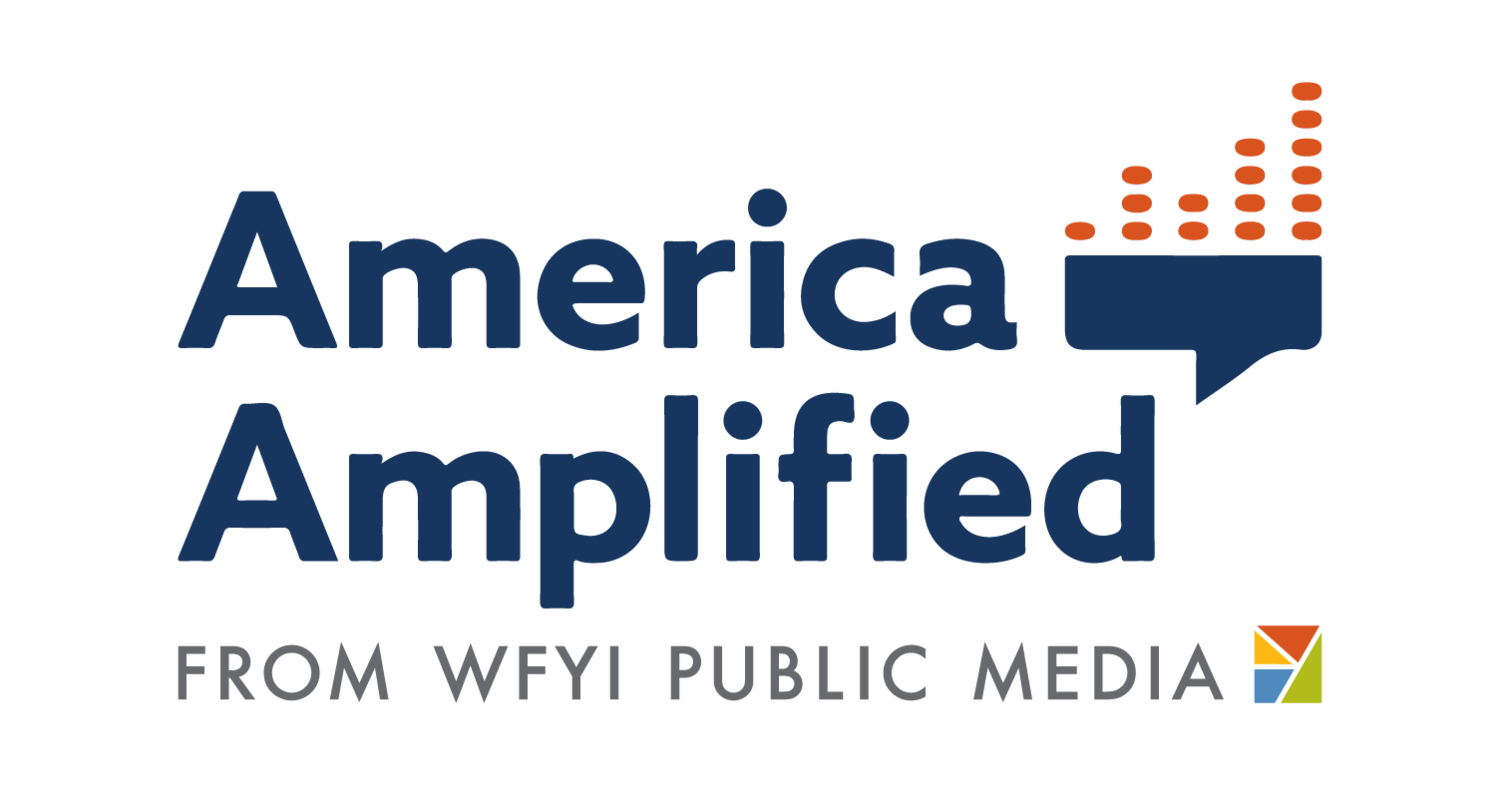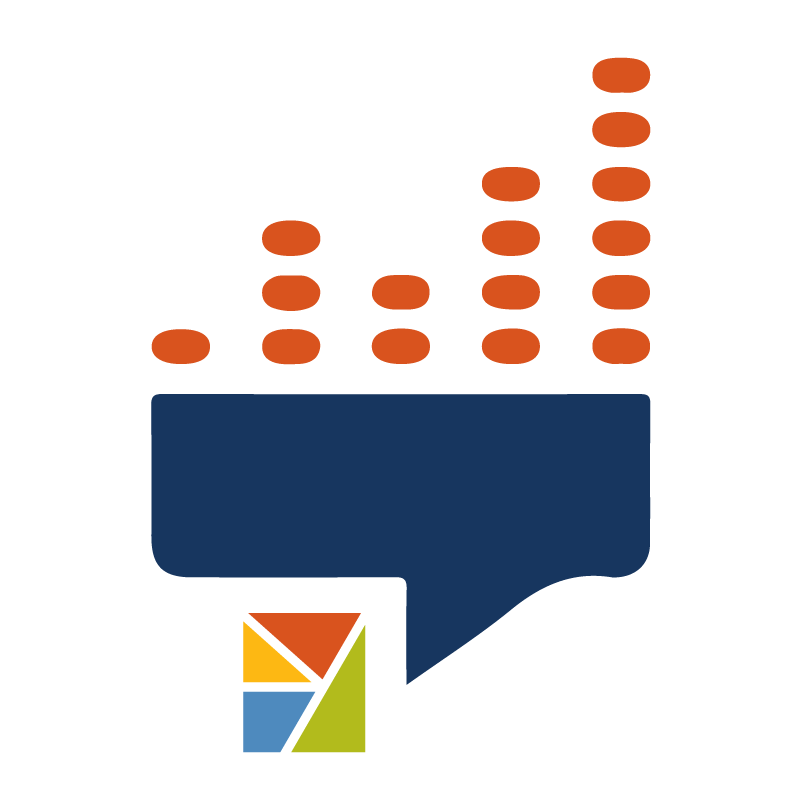Tips from Our Stations: Listening Sessions 2.0
Credit: Chelsea Naughton / America Amplified
One of our mantras at America Amplified is that we all know a lot more than we give ourselves credit for. We say this all the time to each other AND to the stations we’re working with. So, with that in mind, we held five roundtable discussions (aka “Table Talks”) during our fly-in meetup for the 2024 Elections project. As expected, the attendees had a no shortage of great ideas and wisdom to share with one another on each of the topics.
Read the takeaways from our other sessions:
Building and Sustaining Community Partnerships | Forging Trust in Overlooked Communities
Elevating Your Digital Engagement Strategies | Hearken Best Practices.
Listening Sessions 2.0
Picking a time, a place and a handful of questions is one part of creating a listening session. But what about the deeper needs? How do you actually get people into the room, and once they’re there, how do you build trust and foster genuine connection and conversations?
Tips for Avoiding Extractive Listening Sessions:
Understand what “extractive” really means. Journalist Lewis Wallace defines extractive journalism as “reporting on communities without input or accountability.” That means to avoid extractive journalism, you have to actively build pathways for input and accountability.
Be up-front. A big part of not being extractive is making sure people know why you’re talking to them and what you plan to do with what they tell you. Explain your plans as you invite people to the session.
Show your work. After you’ve had time to digest what you heard, summarize your findings back to the group. (You can do this via email, a call, another session, a community presentation, etc.) You can also lay out tentative plans for what you intend to do with what you heard.
Stay in touch. Whenever any stories or internal policy changes come about because of what you learned, report back to the people who told you about it to show you listened to their concerns and did something about it.
Be very intentional with your questions. Don’t just ask about pain points in participants’ communities; ask about joys, successes and wins. Also, make a point to ask about the community’s relationship with your organization. As Antoinette Isama points out in the American Press Institute’s listening session guide: “Asking what the newsroom can do for them, how they feel about news, etc. opens them up and gives them the feeling that the newsrooms are here to learn from them.” (Also, that guide has a lot of really great questions to pull for your own listening sessions. Feel free to steal! There are no Pulitzers for community engagement.)
Tips on getting people to participate in listening sessions:
Consider what’s keeping them from the listening session. What barriers might prevent someone from participating, and how might you design around them?
Transportation: Hold the listening session somewhere accessible by foot or by bus.
Childcare: Consider finding a partner, like a church or a community college early education program, that might be able to provide childcare. (It is a good idea to set aside funds for this expense, if at all possible. Childcare is skilled labor.)
Conflicting work hours: Instead of one listening session, have a few staggered throughout the day to offer greater variety of availability.
Offer food! Free pizza will get people in the door and a really good conversation will keep them there.
Advertise the crap out of it. Flyers. Social media posts. Broadcast promos. Do a mix of all, or figure out what works best for that community and double down on the outreach efforts.
Leverage connections. Who do you know? Who do your coworkers know? Ask around your station to see who has connections in the area you’re hoping to have this listening session.
Issue direct invitations. If you know of any stakeholders with good connections, ask them to attend and/or bring a colleague, and ask them if they would consider sharing with their networks.
Tips on building trust in communities we haven’t interacted with:
Partnerships. The answer is partnerships. As that API resource above says, “Engage collaborators who know the community and can assist with individual invites and posting in relevant social media groups. Building trust with the community begins at this stage, and it’s imperative to be clear about the intentions behind the session.”
Bonus points if your partner can help you facilitate the listening session. Maybe they can guide a small-group discussion, or take notes.
Be present before you ask anything. Pick a few public events to attend. Introduce yourself. Ask get-to-know-you questions with no notebook, no deadline and no agenda. Let people know who you are for a little bit before you ask anything of them.
Get experimental! Maybe a large-group, sit-down listening session is not the right format for the community you’re considering. Consider other options, formats, and venues. Good listening can happen wherever people are.
Shining examples:


